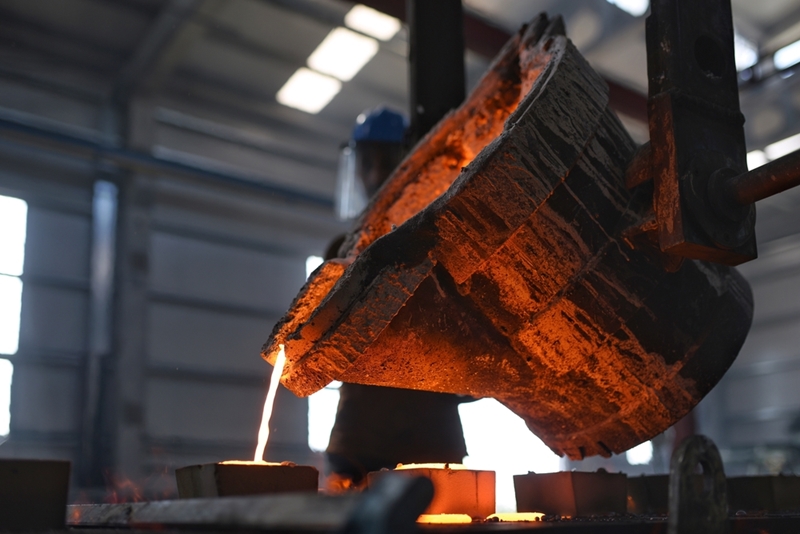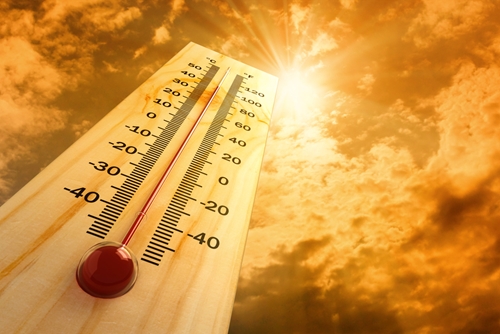When workers are required to perform their duties in warm temperatures, they are at risk for heat stress. While this serious, potentially fatal condition is often associated with laborers whose job environments are outdoors, it can also affect workers in indoor positions whose industries require them to be exposed to heat. From construction to manufacturing to cooking, a wide spectrum of fields involve some risk of heat stress.
Ensure employee safety by understanding the causes, symptoms and consequences of heat-related illnesses. Read on to discover important information regarding this serious workplace hazard.
“Heat stress refers to a group of heat-induced illnesses.”
What is heat stress?
Heat stress refers to a group of heat-induced illnesses, all of which are physical responses to bodily overheating. As people perform jobs in warm environments, their bodies work hard to maintain healthy temperatures. This action mainly happens through sweating and blood circulation, as explained by the Occupational Health and Safety Administration. In extremely hot climates and spaces that lack air flow – where temperatures approach or surpass 98.6 degrees – it becomes increasingly challenging for the body to keep itself cool. When this happens, a person’s heart rate starts to quicken, and he will exhibit symptoms of heat stress.
Identifying and treating heat-related conditions
It’s important to know the signs and symptoms associated with heat-induced illnesses and understand the appropriate responses. Here are some common stages of heat stress and how to treat them, according to the Centers for Disease Control and Prevention:
- Rhabdomyolysis: This condition directly impacts muscles, causing them to deteriorate and die. It comes on as a result of high levels of physical activity in warm temperatures and can affect kidneys and the heart, as well as cause seizures. People with rhabdomyolysis may experience dark-colored urine, muscle pain and weakness. They should stop physical activity, remove themselves from heat, drink water and seek immediate medical treatment.
- Heat exhaustion: When workers sweat excessively, they can lose too much water and salt, causing their bodies to enter heat exhaustion. This condition manifests with high body temperatures, nausea, headaches, thirst, dizziness, weakness and minimal urination. Immediately remove workers afflicted with heat exhaustion from the heat and take them to a medical facility.
- Heat stroke: The most severe stage of heat stress is heat stroke, which occurs when the body’s natural temperature-regulating defenses have all failed. People with heat stroke can experience seizures, slurred speech, body temperatures of 106 degrees, loss of consciousness and even death. Heat stroke requires immediate medical attention, so don’t hesitate to call 911 if you see a symptomatic worker.
 Hot work environments can also cause heat stress.
Hot work environments can also cause heat stress.Preventing heat stress in the workplace
Heat stress is avoidable, and the responsibility of prevention lies largely on employers. Creating a safe workspace is necessary for preserving worker wellness and averting legal issues.
For indoor environments, OSHA recommended implementing engineering controls, like air conditioning, fans, enhanced ventilation, reflective shields and insulation. Of course, heat can be much harder to control in outdoor work spaces, where industries are beholden to Mother Nature. To keep workers safe as they perform duties outdoors, provide them with training, protective equipment, easy access to water and regular breaks.
Employers managing outdoor work crews should also keep tabs on the heat index and humidity levels in their areas. If these figures reach dangerous levels, consider cancelling the work day or sending employees out in short, monitored shifts. Remember – employee safety is always the top priority.
Share this Post

